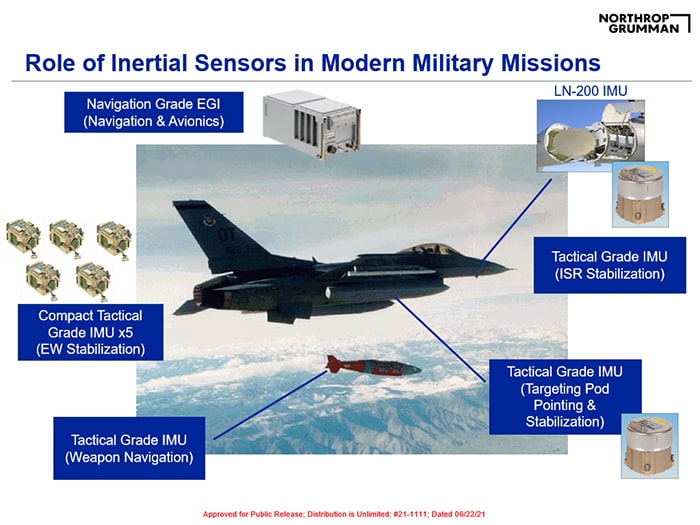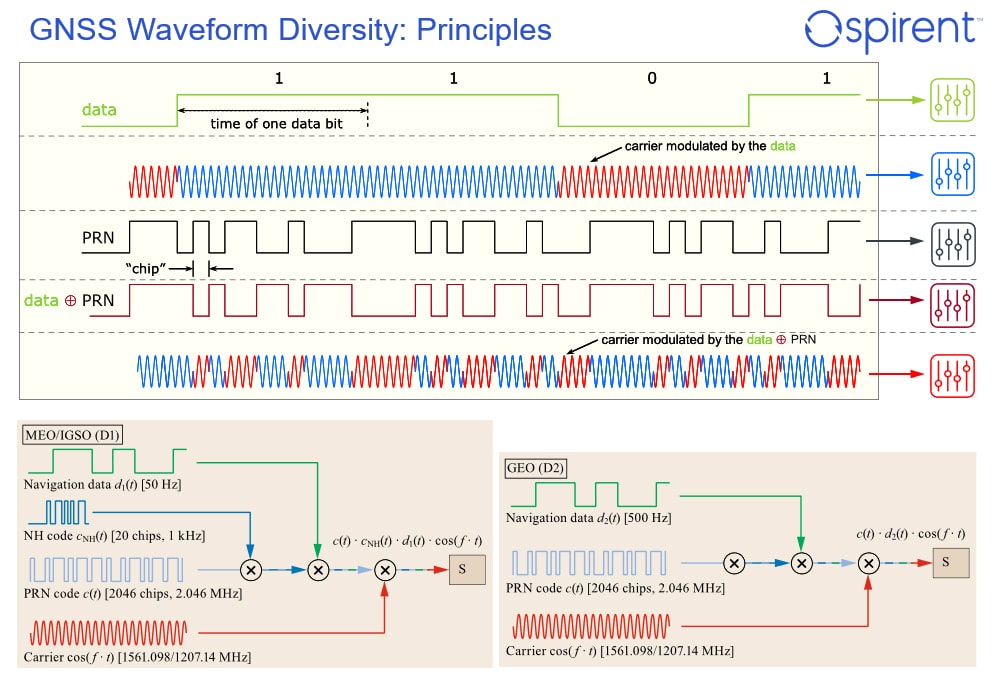

November 17, 2021
Roger Hart & Phil Bonilla
Tags: Alternative PNT, GPS Inertial

In a long history of navigation systems, GNSS is a relatively recent entry into the field. Despite its newness, it is prevalent in nearly all industries. The ability to provide instantaneous data with high accuracy and simplified operation for the end user has made GNSS a must have.
Despite the pervasiveness and impact to everyday life, GNSS is not without its weaknesses. GNSS signals can be disrupted by both malicious and unintentional threats affecting receiver operation and downstream systems. Both government and commercial industries are taking notice and pursuing efforts to enhance and complement GNSS with multiple alternative navigation sensors.
Inertial navigation, long predating GNSS, does provide an independent navigation solution but does not provide time. In today’s conversation, alternative PNT generally refers to 1) deriving position and timing from existing signals not purposed for navigation, 2) ground-based location systems, or 3) emerging satellite systems that operate at higher power—or out of the GNSS band—to provide a diversity of PNT sources.

While there are intricate differences in the signals generated by the primary PNT systems, they are all quite similar in terms of frequency and power and are all vulnerable to the same types of interference. The use of alternative RF bands and non-RF sources will be required to achieve the most resilient solutions. Having a variety of alternative PNT sources will allow users to integrate the method most applicable to their platform constraints. Integration across the various PNT sources will need time synchronization to take full advantage of the alternate PNT systems. Our offerings work concurrently with GNSS, providing simulation and testing of GNSS and alternative PNT as true complements, while also offering the ability to measure timing accuracy in real time.
In a broad sense, Spirent offers a market-proven and innovation-driven solution portfolio for the simulation of inertial sensors through the SimINERTIAL and SimSENSOR product lines, seamlessly integrated with our market-leading GNSS simulation.
Additionally, Spirent offers many other alternative PNT solutions for testing resilient systems for connected vehicles and sensor fusion algorithms for tactical and military-grade systems. Sensor fusion systems combine these multi-sensor inputs to greatly enhance the availability and resilience of the navigation solution. Outside of the physical sensors, incorporation of broadcast signals via ground transmitters or space-based transmitters is desired. Depending on the application, some platforms may be able to take advantage of signals of opportunity. A dedicated navigation broadcast would provide the reliability and availability to supplement GNSS in the case of contested environments or other issues with GNSS transmitter availability.

A great deal of interest is currently focused towards signal sources broadcast from low earth orbit (LEO). These alternative PNT systems offer high receiver signal power (relative to GNSS) and a secure & resilient link to augment GNSS.
As these alternative PNT systems are developing, Spirent Federal is partnering with multiple alternative RF providers to incorporate capabilities into the broad range of simulation products we offer.

Spirent Federal’s newest simulator, the Spirent Alternative RF Navigation simulator, is a groundbreaking, first-of-its-kind system that enables alternative RF simulation concurrently with GNSS signals. Launched in August 2021, the Alternative RF Navigation simulator performs static or dynamic tests, with stationary, pedestrian and ground vehicle trajectories available.
It is available now to authorized users; contact us to discuss fielded configurations.